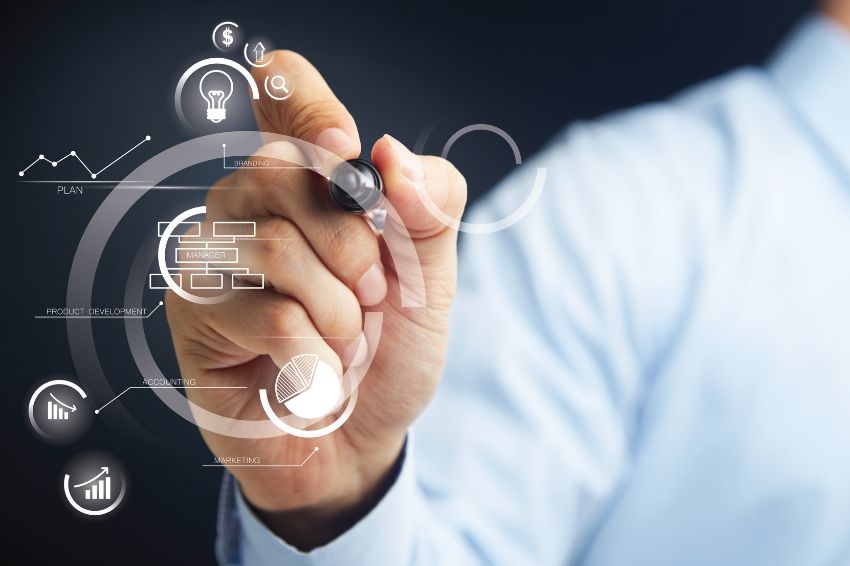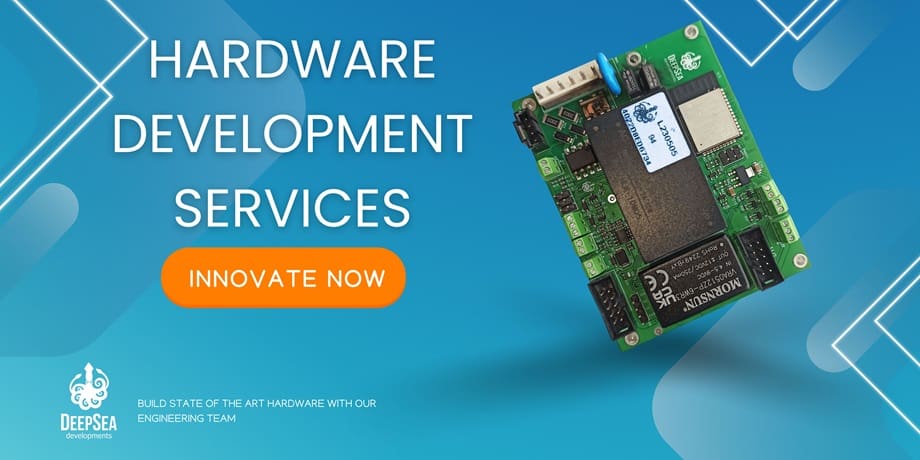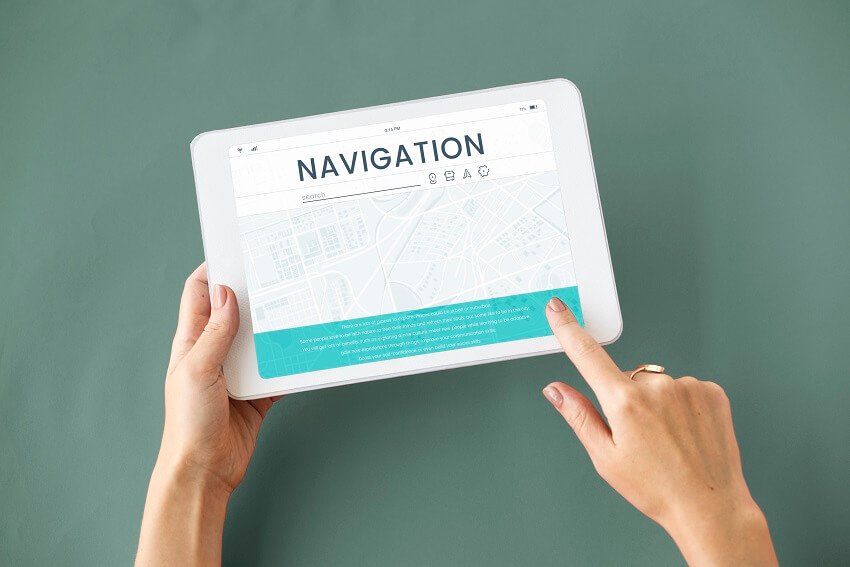If you are looking forward to launching a new product, you need first to understand what is a product design strategy, which will be crucial for ensuring a part of the project’s success. In this article, we’ll talk about its different steps, why you need it, and how to distinguish it from a product development strategy.
What is a product design strategy?
A product design strategy is a comprehensive framework that integrates user-centric design thinking principles with business objectives, market opportunities, and customer needs. It serves as a roadmap for aligning product vision with problem-solving, target audience identification, feature prioritization, and value proposition communication.
By combining creativity with strategic thinking, a product design strategy guides thoughtful decision-making to create successful products that address user needs, foster brand loyalty, and drive revenue growth.
Why do you need a product design strategy?
Crafting a robust product design strategy is paramount for steering your product development journey in the right direction. It serves as your compass, guiding every decision and ensuring you remain aligned with your goals. Without a strategy in place, you risk meandering through the design process, investing time and resources in features that offer little value to your customers.
This is the modus operandi of electronic product development companies when engaging with their clients’ projects: they meticulously craft a strategy that seamlessly aligns with the primary objectives. Let’s see some of the main benefits of a well-defined product design strategy.
Enhanced customer experience:
By deeply understanding your target audience and their needs, you can create products that resonate with them on a profound level. Addressing their pain points is crucial to delivering tangible value. Many entrepreneurs fail to understand the importance of a good IoT marketing strategy, and because of this, their products won’t perform well in the market.
Better branding:
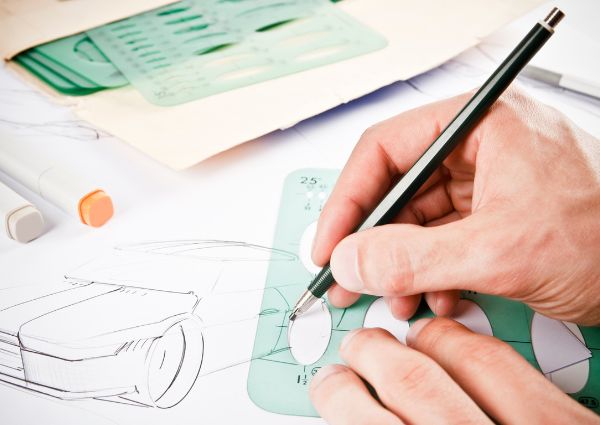
An aesthetically pleasing and functional product can serve as a powerful ambassador for your brand. A strong brand identity not only enhances brand recognition but also amplifies the appeal of your entire product portfolio, elevating your brand’s stature in the marketplace.
For instance, when the first iPod was shown to the world, everyone loved its simplicity, with just a few buttons you could control the device and play any song you wanted.
This was a great product design strategy since Steve Jobs wanted something completely different from the MP3 devices that were already in the market.
Competitive edge:
By consistently delivering superior solutions that outshine those of your competitors, you gain a distinct advantage in the market.
Of course, design won’t be the only element to focus on, since you need to care also about performance, electronic components, and firmware (see IoT with Python).
However, prioritizing quality and innovation not only attracts customers but also fortifies your position against rivals, driving profitability and growth.
More sales:
A product’s success hinges not only on its functionality (see hardware design) or business model for IoT, but also on its aesthetic appeal. Well-designed products that seamlessly blend form and function are more likely to captivate consumers and drive sales compared to their uninspiring counterparts.
The recommendation here is to check IoT devices examples that are already in the market and which have a good design.
How to create a product design strategy?
Developing a product design strategy isn’t universally uniform, yet there are several shared steps you can adhere to.
1. Articulate your vision:
Begin by articulating a clear and compelling vision for your product. Define its purpose, the problem it aims to solve, and the value it will deliver to users. This overarching vision will serve as a guiding light throughout the design process.
2. Embrace stakeholder collaboration:
Engage key stakeholders, including team members, executives, and external partners, in collaborative discussions. By fostering open dialogue and leveraging diverse perspectives, you can gain valuable insights and ensure alignment on strategic objectives.
3. Conduct comprehensive market analysis:
Conduct a thorough analysis of the market landscape to identify emerging trends, competitive dynamics, and untapped opportunities. This holistic understanding will inform your product strategy and help you position your offering effectively.
This is probably one of the most important steps in building product design strategies. If you can identify new opportunities in the market, you will be on the right track to achieve great results.
4. Uncover user insights:
Go beyond surface-level understanding and delve deep into the needs, desires, and pain points of your target audience. It is very common here to build a buyer persona, who will be like your ideal customer for your product or service.
Utilize a variety of research methods, such as user interviews, surveys, and observational studies, to gain rich insights that inform your design decisions.
5. Prioritize human-centered design:
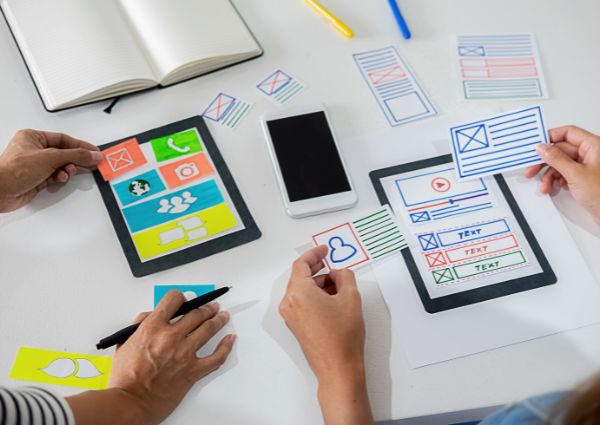
Place human needs and experiences at the forefront of your design process. Adopt human-centered design principles to empathize with users:
- Define their problems
- Ideate innovative solutions
- Iteratively prototype and test designs
- Ensure usability and desirability
6. Integrate agile methodologies:
Embrace agile methodologies to foster flexibility, collaboration, and rapid iteration in your product development process.
Break down complex initiatives into smaller, manageable tasks, and leverage iterative feedback loops to improve your product continuously; see agile hardware development process.
7. Align design with business objectives:
Ensure your product design strategy is closely aligned with broader business objectives and organizational goals. Establish clear metrics and key performance indicators (KPIs) to measure the success of your product in driving business outcomes.
8. Empower cross-functional collaboration:
Break down silos and foster collaboration across diverse teams and departments, including design, engineering, marketing, and customer support. By bringing together diverse perspectives and skill sets, you can leverage collective expertise to drive innovation and deliver exceptional experiences.
9. Iterate continuously: Embrace a mindset of continuous iteration and improvement throughout the product lifecycle. Ask for feedback from users, monitor performance metrics, and iterate on your designs based on real-world insights and evolving market dynamics; see pdlc product development life cycle for more information.
Finally, it is important to foster a culture of experimentation within your organization, where failure is viewed as an opportunity for learning and growth. Only with this approach, you will be able to build a great design.
Encourage experimentation with new ideas and technologies, and celebrate successes and failures alike as valuable learning experiences.
Product design vs Product development
After all this information, you may wonder, what’s the difference between product design and product development? Well, we can break it down into 3 key differences:
1. Focus and Scope:
Product design primarily revolves around conceptualizing and creating the visual and experiential aspects of a product, including its aesthetics, usability, and user interface. It emphasizes understanding user needs, ideating solutions, and prototyping designs.
Product development strategy, on the other hand, encompasses the entire process of bringing a product from conception to market. It includes activities such as market research, engineering, manufacturing, testing, and launching the product. While product design is a subset of product development, the latter involves a broader array of tasks and disciplines.
2. Timing and iteration:
Product design strategies typically occur in the earlier stages of the product development lifecycle, focusing on defining the product concept and creating initial designs. It involves iterative cycles of ideation, prototyping, and refinement to arrive at the optimal solution.
However, product development spans the entire lifecycle of the product, from initial conception through to market launch and beyond. It involves iterative development, testing, and refinement across multiple stages, with a continuous focus on improving the product based on user feedback and market insights.
3. Roles and responsibilities:
Product designers are primarily responsible for crafting the visual and experiential aspects of the product. They work closely with stakeholders, including users, product managers, and engineers, to translate user needs into intuitive and engaging designs.
On the other hand, product developers encompass a broader range of roles, including engineers, project managers, quality assurance specialists, and manufacturing experts. They collaborate across disciplines to execute the product vision, ensuring that the final product meets technical requirements, quality standards, and business objectives.

